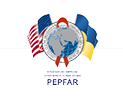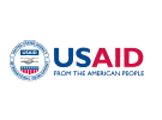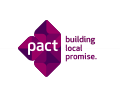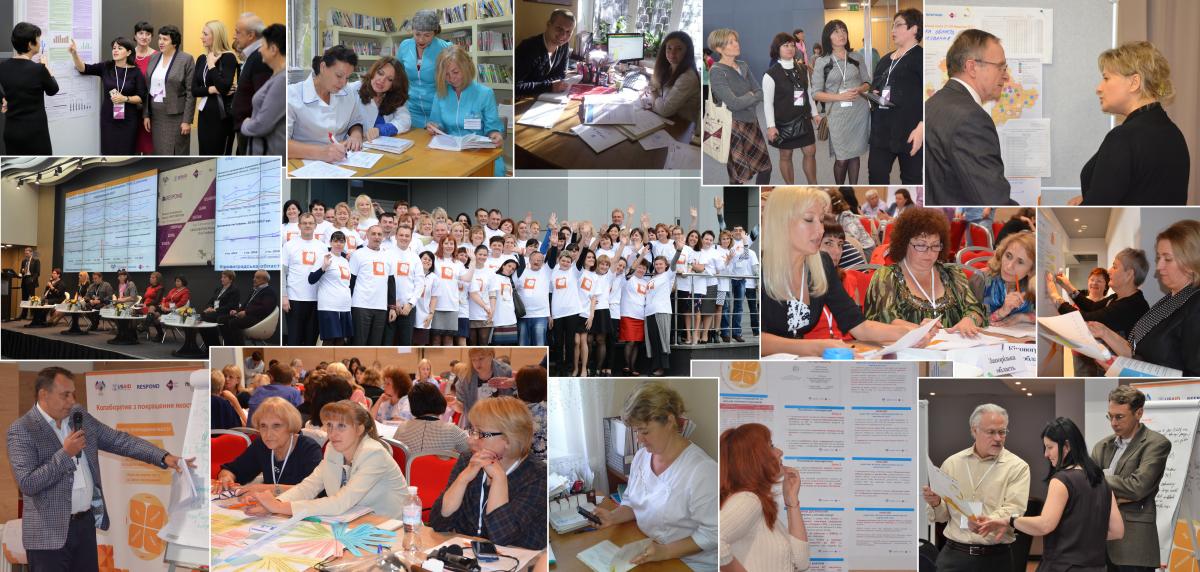
THE QUALITY IMPROVEMENT COLLABORATIVE TOWARDS THE FAST TRACK TARGETS
To reach the ambitious 90-90-90 targets, in 2015 RESPOND initiated a large-scale quality improvement collaborative in Ukraine aligned with the UNAIDS’ Fast Track and PEPFAR 3.0 strategies.The goal of this collaborative is to increase coverage of PLHIV, including PWID, with ART from 31% to 52% in 2017. Premises for this goal include: (1) PWID are the main driving force of the HIV epidemic in Ukraine; (2) ART is the most effective tool to control the HIV epidemic; (3) ART will be available for scale-up in Ukraine; (4) Different groups of PLHIV will benefit from the ART scaleup; (5) Being subject to stigma and discrimination, PWID are the least likely to benefit from the scaleup unless special efforts are made to reach them; and (6) Achieving this goal will require changes in the service delivery system.
ART sites piloting QI changes (click to view table)
WHAT IS A QI COLLABORATIVE?
The quality improvement (QI) collaborative is a joint effort to improve the HIV services in a number of communities, health facilities and NGOs across eight regions in Ukraine with high and medium HIV burden. The improvement efforts spans along the full continuum of HIV services: from HIV testing to linkage to care, treatment and support. The focal points of the QI collaborative in each region are 155 local QI teams, from 5 in Kyiv City to 39 in Dnipropetrovsk and 48 in Odesa region. QI teams are organized around AIDS Centers and ART sites, which provide HIV testing and treatment services. Each local team is led by the ART site physician (QI coach) and comprised of the government primary healthcare and specialty practitioners (TB, STI, OB/GYN and narcology), non-government psychosocial service providers and PLHIV representatives.
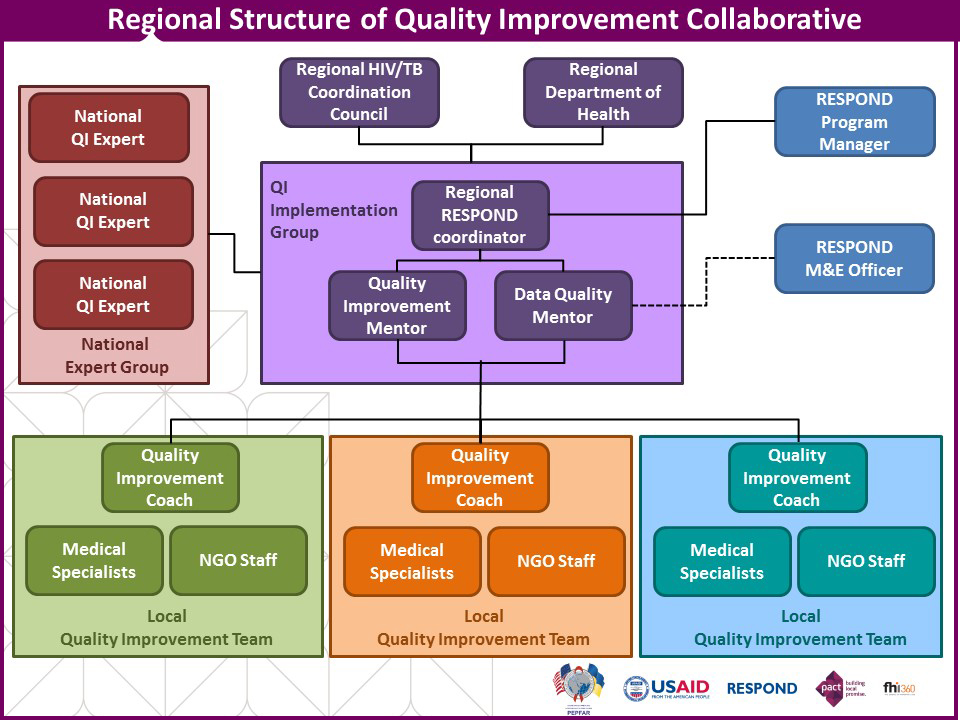
Regional QI implementation groups (RIG) provide technical assistance to local QI teams on the regional level. RIGs are comprised of a regional coordinator, one or more QI mentors, and one or two data quality mentors, depending on the size of the region. RIGs inform regional authorities (health administration and the HIV/TB council) on the progress and seek their support of the collaborative. RIGs are supported by a group of national QI experts and RESPOND staff.
WHAT IS QUALITY IMPROVEMENT?
The collaborative effort is built on the Quality Improvement (QI) model, which has a goal of bringing HIV services to a set of standards (such as 90-90-90) while meeting patient expectations. The QI model includes the following steps: (1) Analyze the problem to identify goals and objectives for improvement; (2) Develop an M&E system to measure improvements; (3) Develop individual changes or “change packages”; and (4) Implement and measure changes through continuous “plan-do-study-act” (PDSA) cycles. Collaboration and knowledge sharing between local and regional QI teams implementing PDSA cycles are fostered by quarterly regional or crossregional learning sessions.
